Growing berries is not a cinch - they have fierce thorns, troublesome pruning rules and require commitment (and hardware) to keep wildlife away from ripening fruit.
But if berry-stained lips sound to you like a rich reward, take notes from Linda’s masterclass, and plant in winter.
Climate and personal taste are the criteria for berry choice from the wide range available through mail-order companies. These include the lesser-known
silvanberry, marionberry, loganberry, youngberry and boysenberry as well as the classic strawberry, raspberry, blueberry and blackberry.
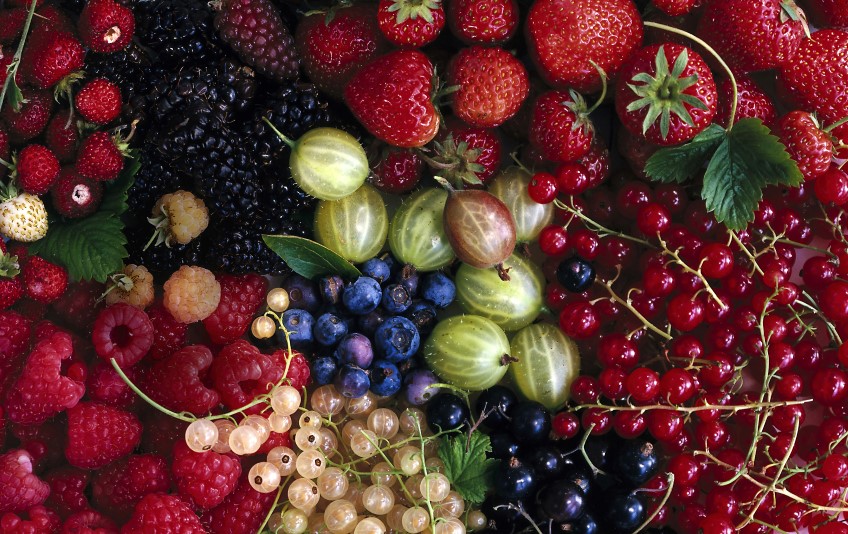
Photo - photolibrary.com
Raspberry
Facts: deciduous, cane-bearing shrub. The roots are the only permanent part of the plant; the canes are temporary. Fruits November to
April. Grows from suckers. Requires pruning. Grows 1.5m tall, plant 40cm apart.
Climate: can only be grown in climates where winter temperatures reach less than zero.
How to grow: a sturdy 2.5m post in each corner of the raspberry bed is essential for the wire support the hedgerows will
need and for attaching bird netting. Canes should be clamped between pairs of parallel wires, or bunched together to encourage a neat arched framework
from which to pick the berries. Shorter canes that don’t reach the wirescan be plaited into the longer canes for more support.
Varieties: the two raspberries I have had experience with are ‘Chilliwack’ and ‘Heritage – both delectable! ‘Chilliwack’ is a summer-fruiting
raspberry that holds fruit well on the canes so you can revisit every few days to pick fruit at premium ripeness. ‘Heritage’ has huge yields in autumn
only.
Pruning: ‘Chilliwack’ is a traditional type, so old canes that have fruited must be pruned off, and new canes left to overwinter. ‘Heritage’
is easier to prune as you can cut the entire plant down in winter.
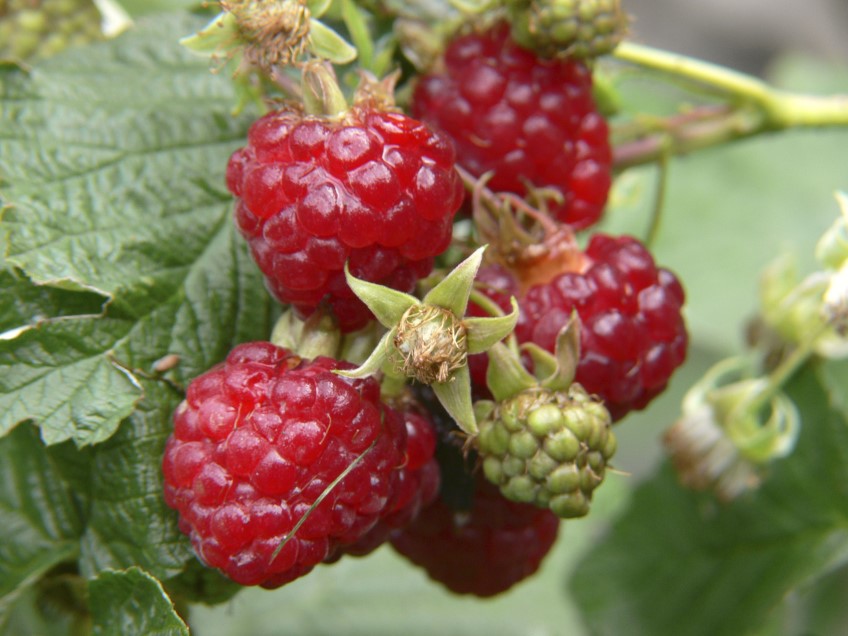
Raspberries grow best in areas with a cold winter. That includes the ranges of NSW, most of Victoria, the Adelaide Hills and Tasmania. Eight plants will start the average family off well. Plant July-September. Photo - photolibrary.com
Blackberry and blackberry hybrids
Facts: deciduous, cane-bearing shrub. The roots are the only permanent part of the plant; the canes are temporary. Fruits November to
February. Grows from suckers. Winter pruning. Grows 2m high, plant 1-3m apart.
Climate: cool climate only except for some hybrids, such as loganberries and youngberries, which are better suited to warm climates.
How to grow: blackberries need training along a trellis to tame them into a garden-friendly shape. The problem is that as each shoot grows
it arches to the ground, where takes root. You need to avoid allowing this to happen by tying the cane to the trellis before it can root.
Varieties: boysenberries are tasty, but thorny. Loganberries are thornless so well-suited to the home garden; they must ripen on the bush
to gain their full sweetness. Silvanberries fruit over a long period. Youngberries are similar to boysenberries but with sweeter, shinier fruit. Marionberries
have better flavour but produce less than other berries.
Pruning: logan, boysen and young berries should be pruned back to four buds above ground level in late spring to encourage more branching.
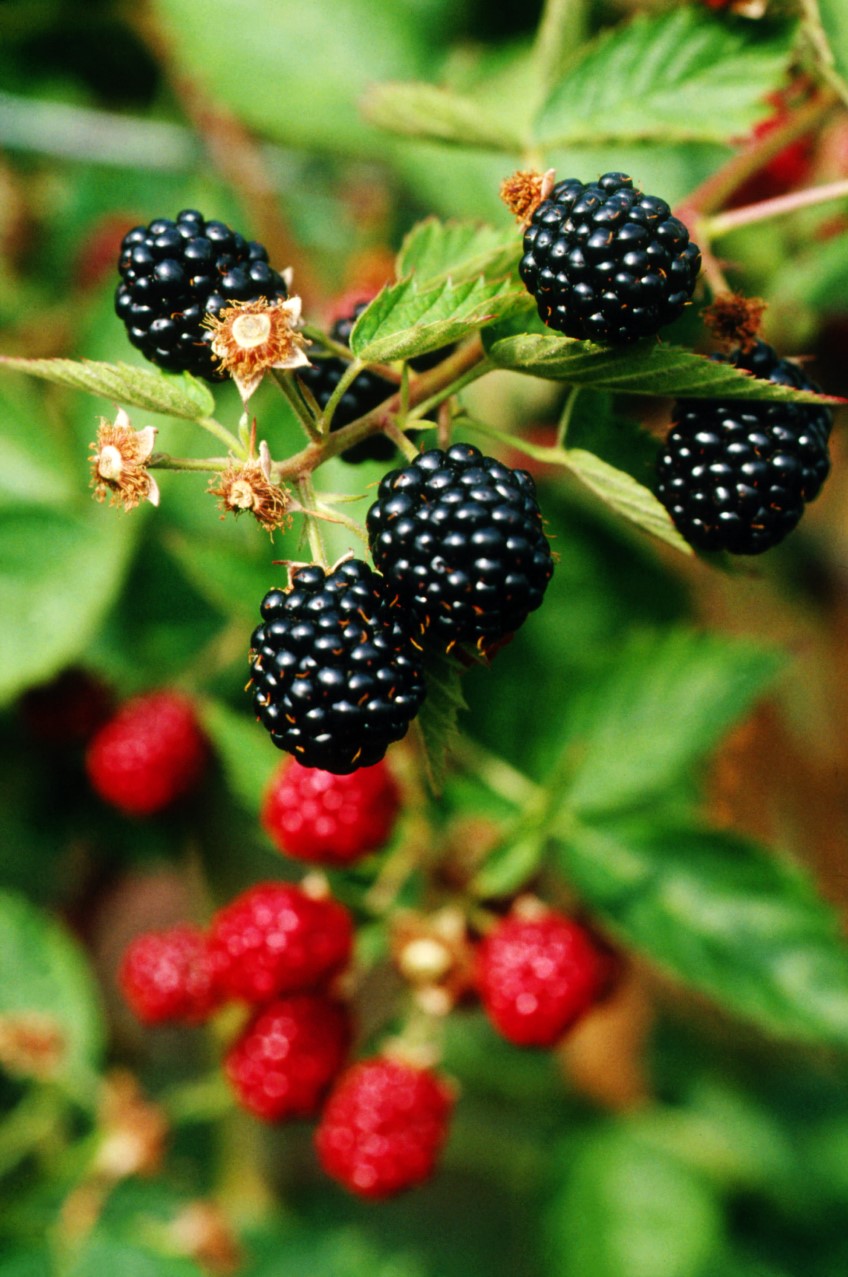
You can plant two blackberry canes in the same hole. Thy don't need to be fertilised initially, but in spring add some good general purpose fertiliser, lots of potash, and not too much nitrogen. Photo - photolibrary.com
Blueberry
Facts: deciduous bush growing to 1m, fruiting from November to April. Prune lightly after fruiting. Requires an acid soil. Yields 4kg
per bush, grows 1-1.2m high. Plant 50cm apart. Beautiful autumn leaf colour and stunning bell-shaped flowers in spring. Blueberries are self-fertile.
Climate: warm climates are best but will take winter lows of -1 degree C, given frost protection.
How to grow: treat blueberries like azaleas: rich soil, moisture, good drainage and a position away from strong winds. The best thing
you can is to mulch with pine leaves and chook manure.
Varieties: I love ‘Sunshine Blue’, which has a low chilling requirement (ideal for coastal and warm climate gardens) as well as being
quite tolerant of alkaline soil (at least it is in the Garden Clinic HQ garden!). ‘Misty’ is another good warm-climate blueberry. ‘Northumberland’
has great clusters of berries that persist well on the bush, very hardy to extremes of heat, and good for cooler climates.
Pruning: don’t allow plants to fruit for the first two years, as a good structural development is important. Stems will then produce berries
for up to four years and then can be removed at ground level or to a vigorous side shoot. Keep the centre of the bush open to allow good air circulation.
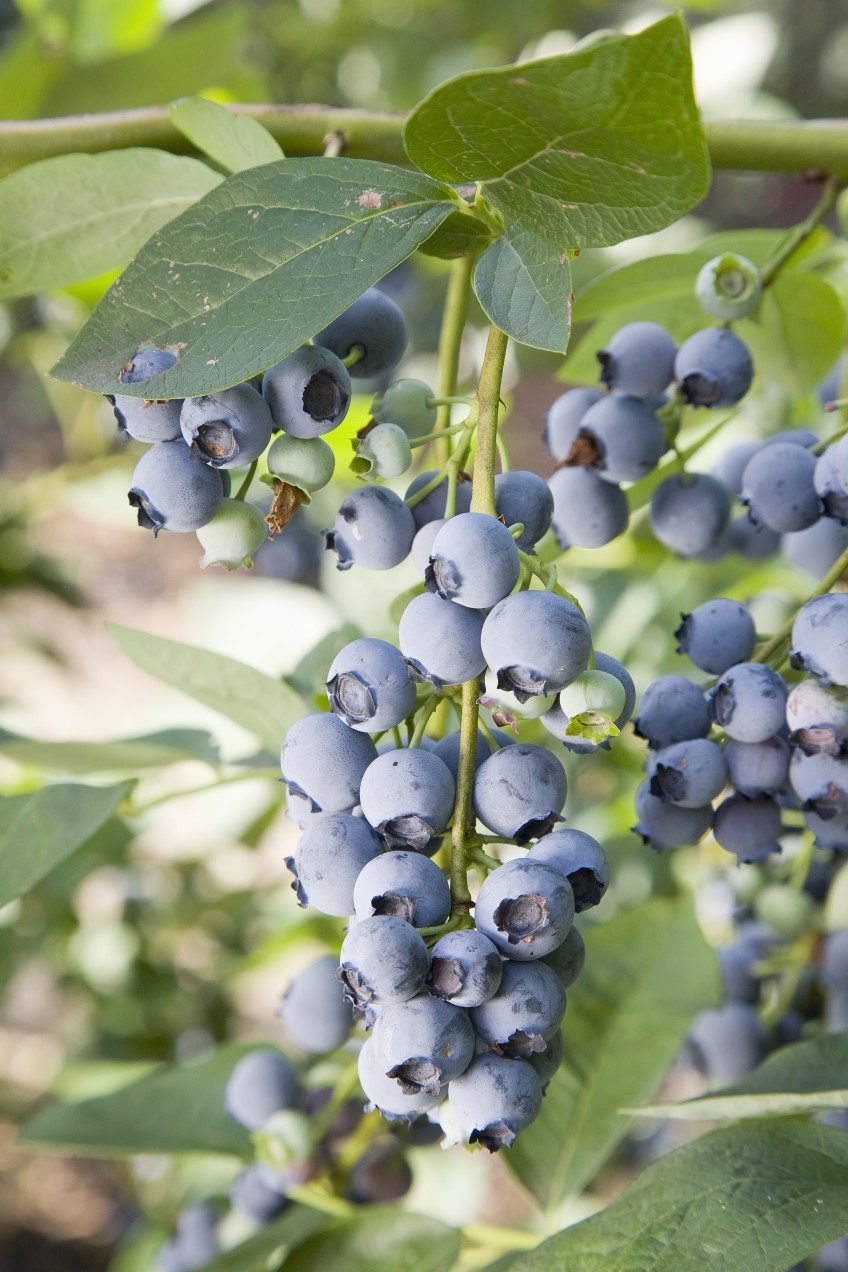
Blueberries are a nutrition superfood, high in antioxidants and Vitamin A and C. Use in pies or muffins, as well as snacks. Grow them in cold and warm temperate climates, planting when they are dormant in winter. Photo - photolibrary.com
Strawberry
Facts: groundcover plant producing runners that fruit in subsequent years. Fruits October to May, with 10 plants producing 5kg. Grows
40cm high, plant 20cm apart.
How to grow: strawberries need sun, good drainage and plenty of organic matter. They have shallow roots that are prone to drying out.
In very cold areas, protect plants during winter with straw. Weed control is vital. Plant winter-spring, add liberal blood and bone. Feed frequently
throughout the season, spraying fortnightly with seaweed solution alternating with comfrey tea. Do not plant strawberries where tomatoes, eggplants,
potatoes or raspberries have been growing during the last five years as the pathogen verticillium can debilitate them!
Varieties: grow a range of varieties for a long picking season. Digger’s Strawberry Collections, comprise dozens of excellent varieties.
Add ‘Temptation’ and ‘Alinta’, which crop into winter. Foodies will love the white alpine strawberry, which has the advantage of being difficult for
birds to see.
Pruning: throughout the growing season runners will emerge from the mother plant. Remove the strongest ones and replant either in pots
or straight into the next strawberry patch. Remove old tatty leaves in autumn/winter. Eventually older plants will be replaced with new runners.
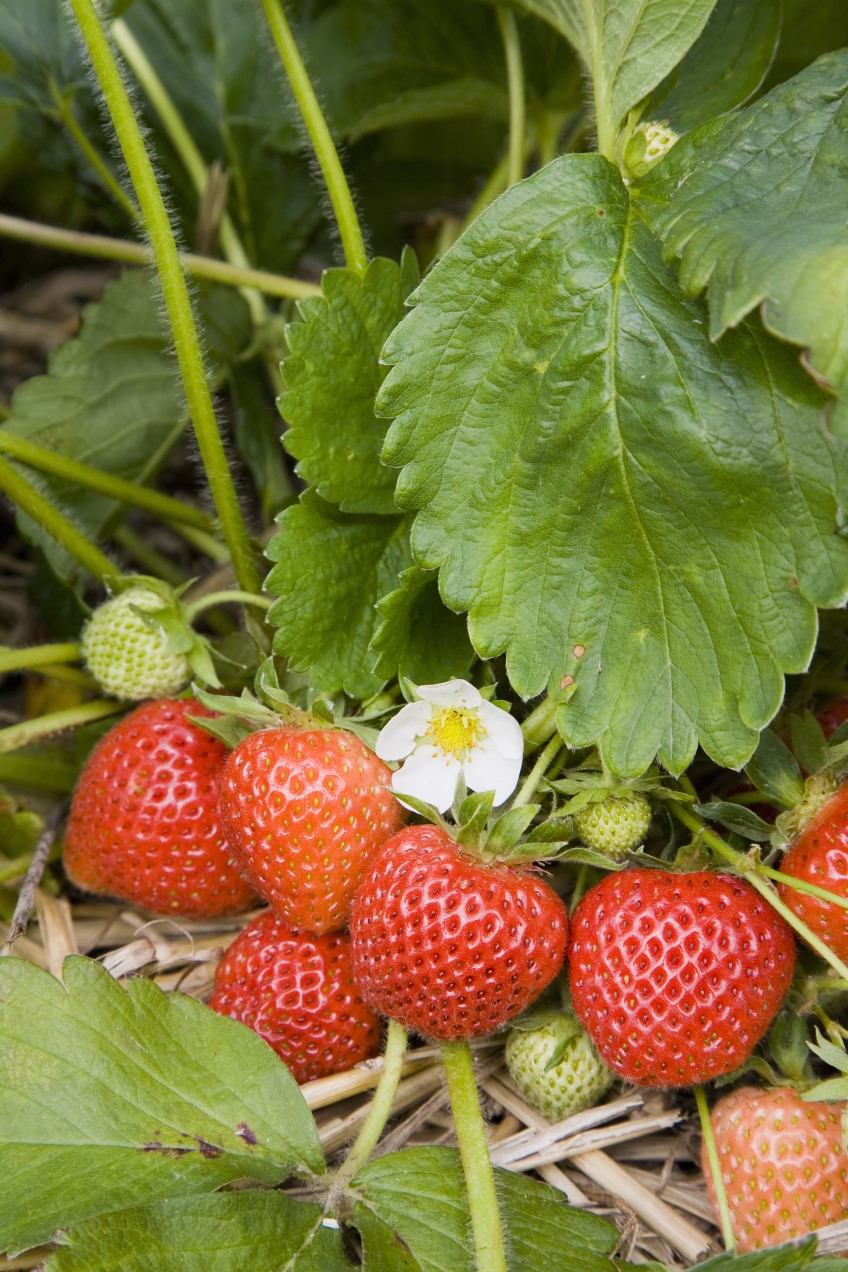
In cooler areas the recommended planting time for strawberries is late winter or early spring. In warm/subtropical areas March-April is the best planting time. Make sure the strawberry crowns (tops of the roots) are at soil level or they will rot. Photo - photolibrary.com
Text: Linda Ross